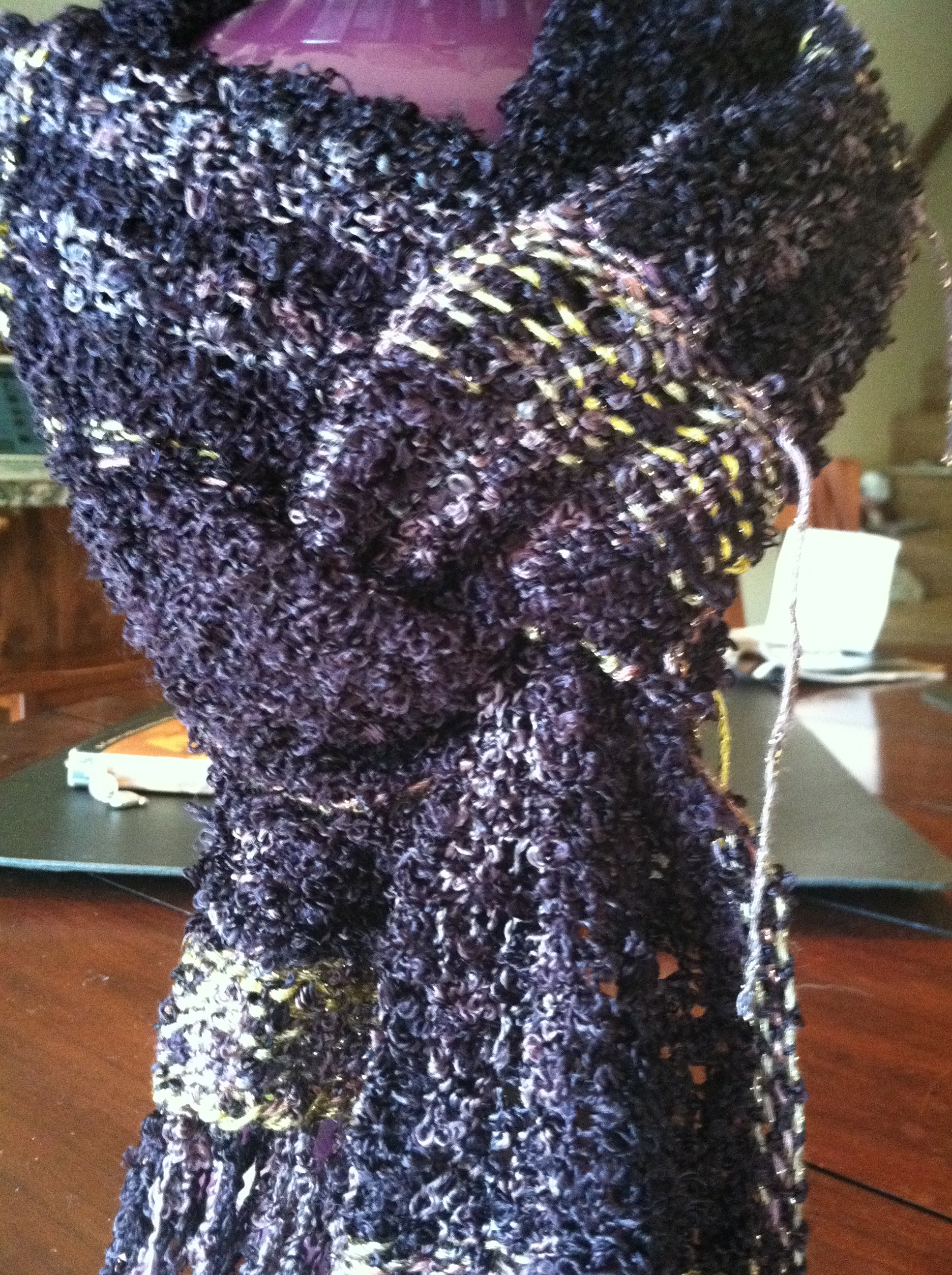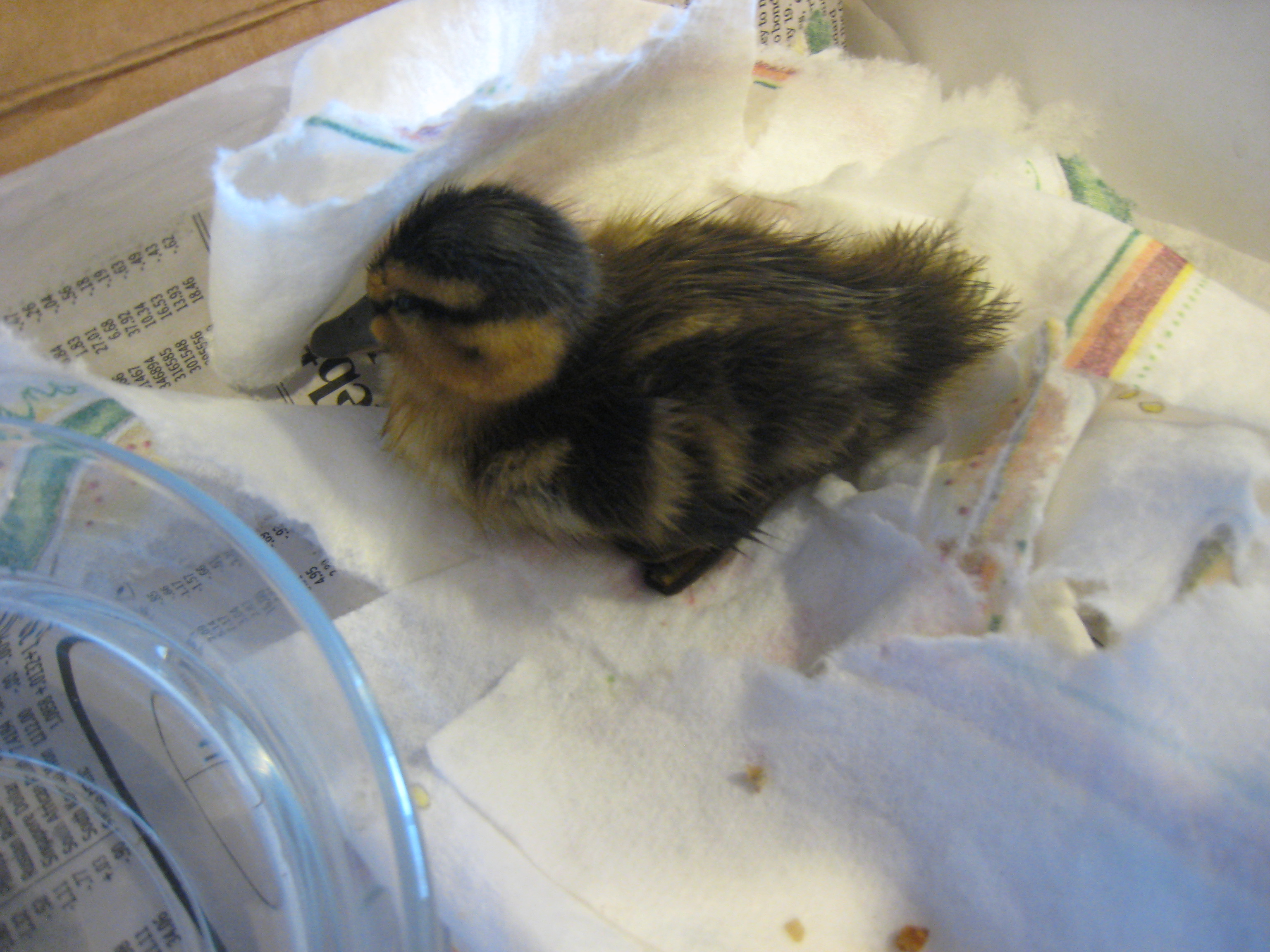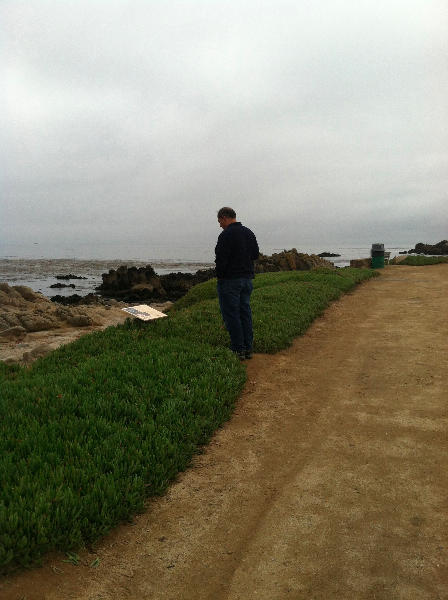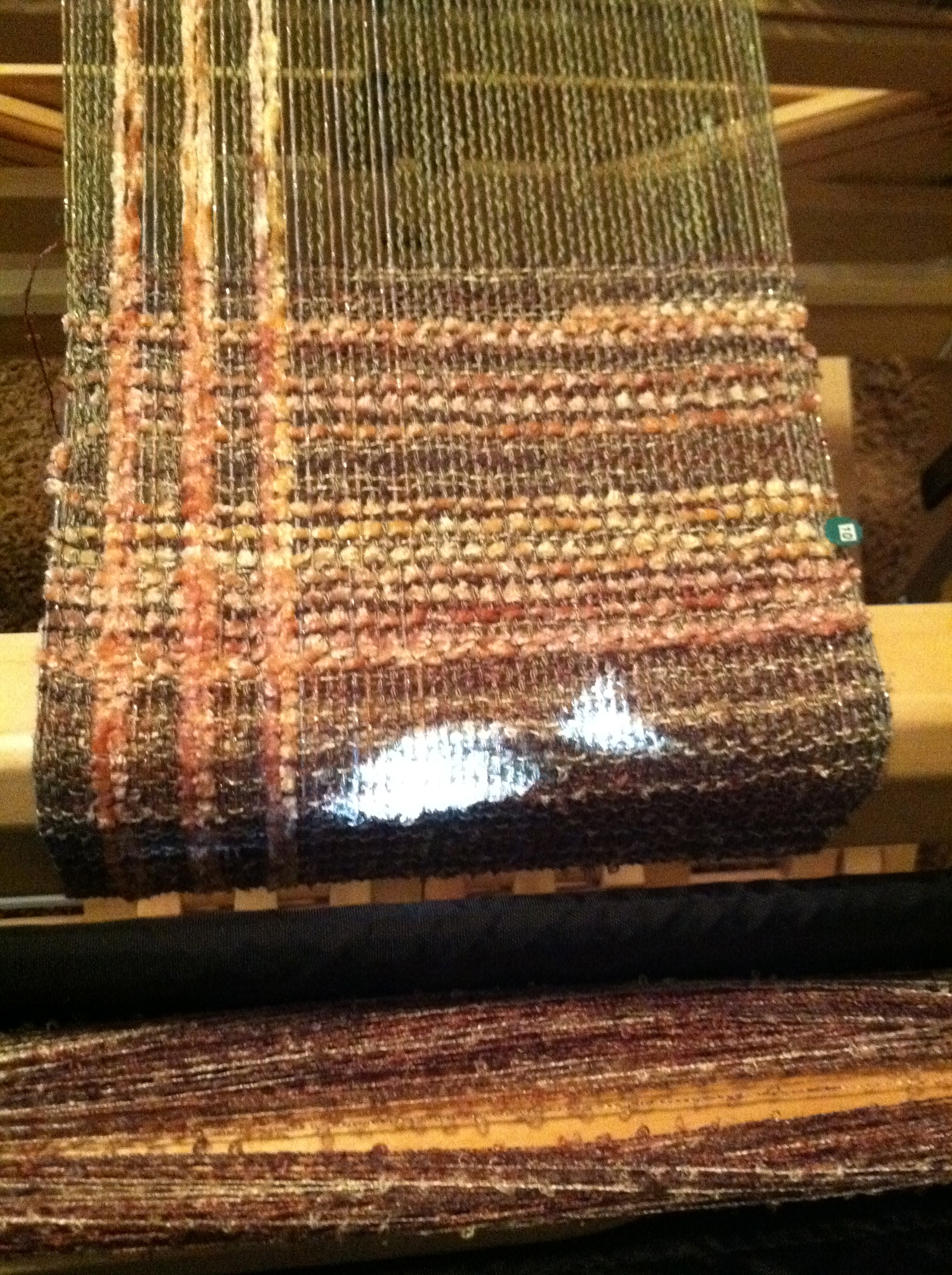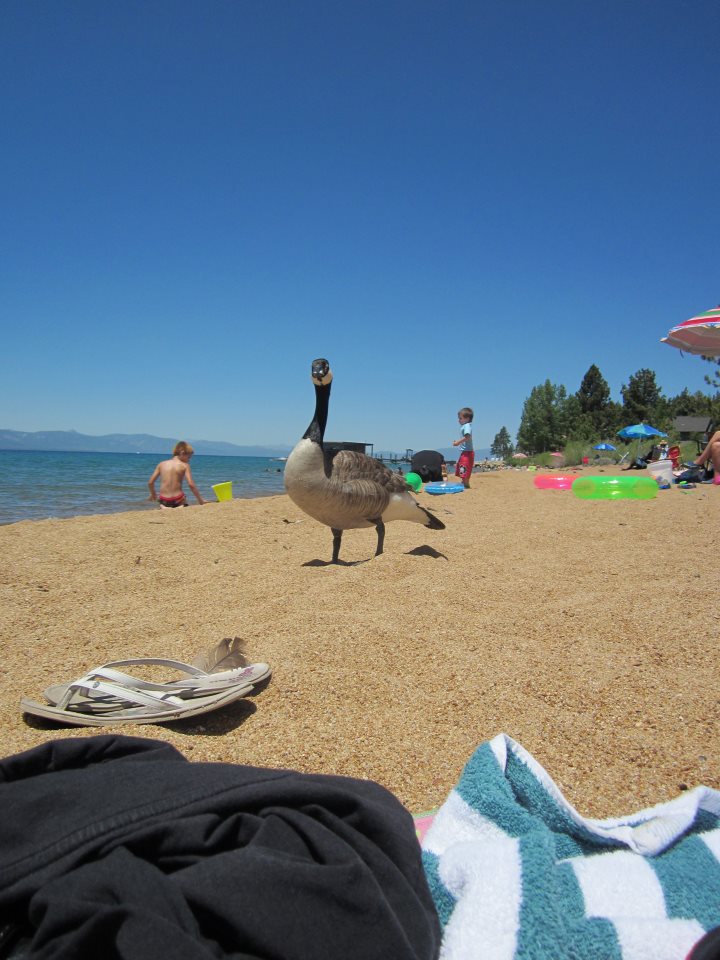 We are living in a world today where lemonade is made from artificial flavors and furniture polish is made from real lemons. ~Alfred E. Newman
We are living in a world today where lemonade is made from artificial flavors and furniture polish is made from real lemons. ~Alfred E. Newman
When treating MM with all manner of drugs, each drug often treating not only the disease but the side effects of the other drugs. At some point we hit the wall of no more drugs to treat the side effects, yet we still have them. For instance Revlimid lowers platelet count and red blood cells. Can you do anything about this? I don’t know, but I do look to foods that can “assist”. You would be amazed, or maybe not, what you can find on the net these days to help you with these different issues.
I believe that while supplements, herbs, remedies, fluid concoctions and concentrated drops of this or that can have their place in our efforts to increase energy, hemoglobin, potassium, magnesium, etc. And many can be of assistance for acute issues, like cramping can be managed with the CalMac I’ve talked about in an earlier post. So when looking at Dave’s labs or if there are any concerns, I always first try to look if there are any foods that can help us to better his situation. Invariably I find that indeed, there are recognizable foods we can include in his diet to help.
One reader and I were corresponding about the common side effect of Revlimid: low platelets and red blood cells. I searched in the browser, “food to increase red blood cells”. The following example came up on Yahoo Answers:
Diets deficient in folic acid, vitamin B12 or iron will lead to anemias:
FOLIC ACID
From http://www.eatwell.gov.uk/healthydiet/nu…
Folic acid, known as folate in its natural form, is one of the B-group of vitamins.Folate is found in small amounts in many foods. Good sources include broccoli,Brussels sprouts, asparagus, peas, chickpeas and brown rice.
Other useful sources include fortified breakfast cereals, some bread and some fruit (such as oranges and bananas).
VITAMIN B12
From http://www.medindia.net/Patients/patient…
Vitamin B-12 – Dietary Sources
The vitamin can be supplied to the human body through diet that includes fortified cereals, beef, chicken, turkey, fish, egg, milk, and shellfish such as clams and crab. There are some factors that play a major role in the absorption of this vitamin.
IRON
From http://www.healthtouch.com/bin/EContent_…
What are some iron-rich foods?
Meat, fish, poultry: The body absorbs the most iron from meat, fish and poultry (chicken). The amount of iron, in milligrams (mg), that is found in these foods is listed below:
Very good sources (3.5 mg or more per serving):
Three ounces of beef or chicken liver.
Three ounces of clams or mollusks.
Three ounces of oysters.
Good sources (2.1 mg or more per serving):
Three ounces of cooked beef (ground or steak).
Three ounces of canned sardines (canned in oil).
Three ounces of cooked turkey.
Other sources (0.7 mg or more per serving):
Three ounces of chicken.
Three ounces of halibut, haddock, perch, salmon, and tuna.
Three ounces of pork (ham).
Three ounces of veal.
Other iron-rich foods: Other foods also contain iron, but your body does not absorb the iron from these foods as well. To increase iron absorption (ab-SORP-shun) from the following foods, eat a good source of Vitamin C at the same time . Eating a food from the meat, fish, and poultry group at the same time will also increase iron absorption. The amount of iron that is found in these foods is listed below:
Very good sources (3.5 mg or more):
Breakfast cereals enriched with iron (see food label for serving size).
One cup of cooked beans (white beans, soybeans, lentils or chickpeas).
One-half of a cup of tofu.
One ounce of pumpkin, sesame, or squash seeds.
Good sources (2.1 mg or more):
One-half cup of canned lima, red kidney beans, chickpeas or split peas.
One cup of dried apricots.
One medium baked potato.
One medium stalk of broccoli.
One cup of cooked enriched egg noodles.
One-fourth of a cup of wheat germ.
Other sources (0.7 mg or more):
One ounce of peanuts, pecans, walnuts, pistachios, roasted almonds, roasted cashews, or sunflower seeds.
One-half of a cup of dried seedless raisins, peaches, or prunes.
One cup of spinach.
One medium green pepper.
One cup of pasta.
One slice of bread, pumpernickel bagel, or bran muffin.
One cup of rice.
There were many other links I could take a look at, but you get the idea. The internet can be an easy way to get some quick nutritional answers. If you aren’t broke from your treatment, some good books as well as a certified nutritionist might be another good option. I like Patrick Quillin’s book (see my resources tab). I’m not interested in making my life overly difficult, so I look for things that I can easily add into Dave’s diet that will improve his overall condition. In Little Rock they often had food lists for various deficiencies that we could grab to help us raise some of these levels and they were helpful.
Remember that the prevailing view today is to eat food closer to the original source of the food. Eat the orange vs. drink processed orange juice. Stay away from convenience foods and prepared meals. This was hard for us, we had busy lives and cooking was not something I got great joy out of. We simply began to improve in this area, bit by bit, what we could do, always trying to make better choices. Eventually we got to a point where the only prepackaged frozen meals were ones I had actually made from leftovers of meals I had cooked. Its really not hard if you don’t try to do it all at once. Just keep introducing better stuff, better habits, better routines and the other foods begin to recede into the distance without much fanfare.










